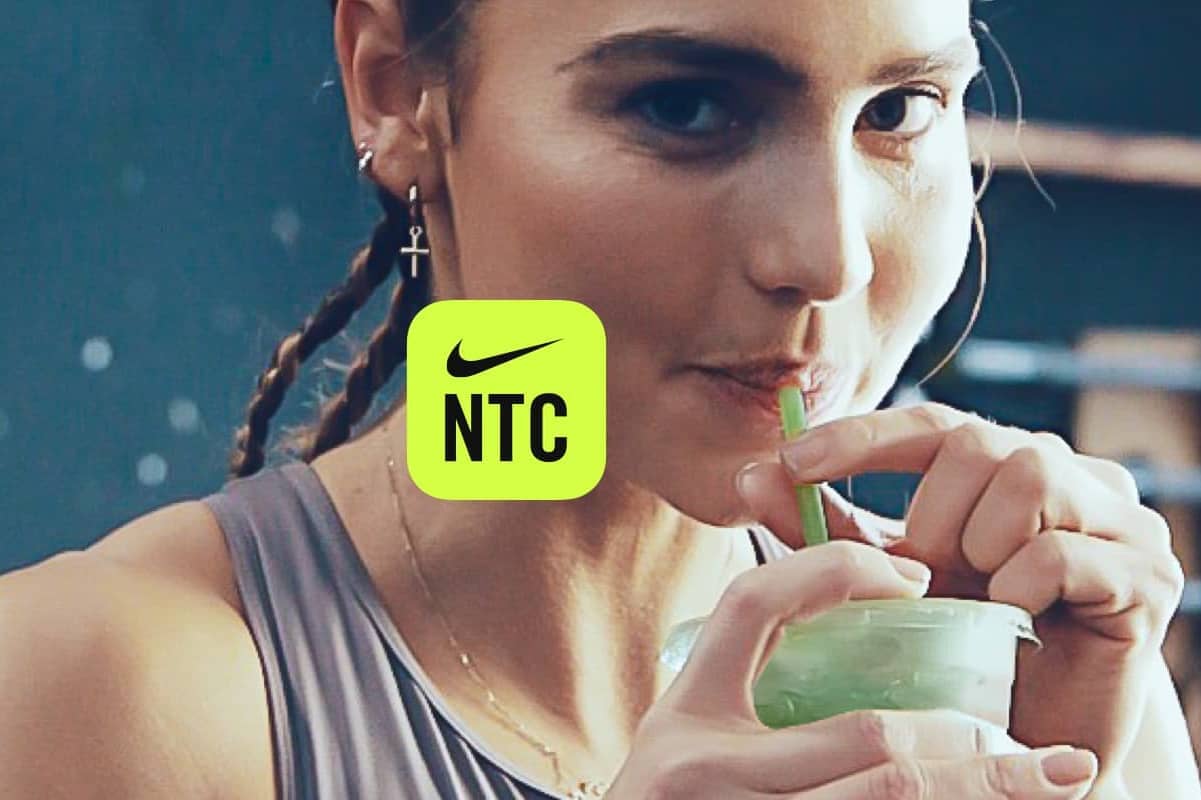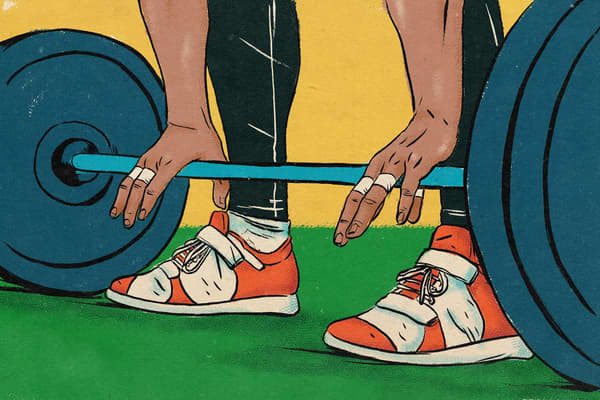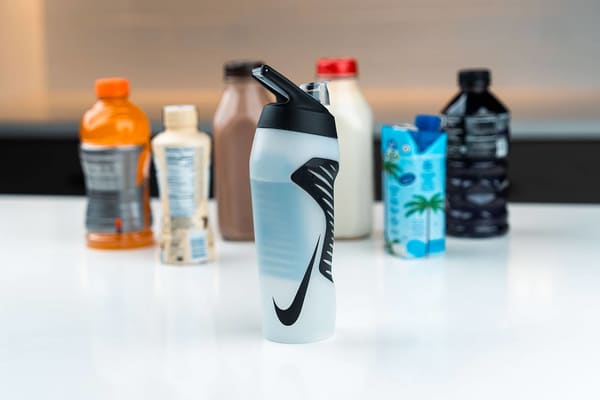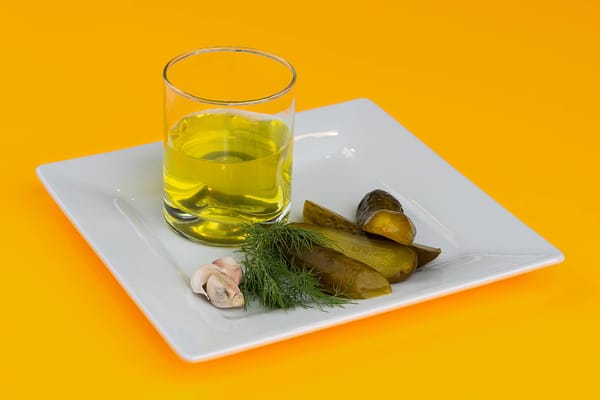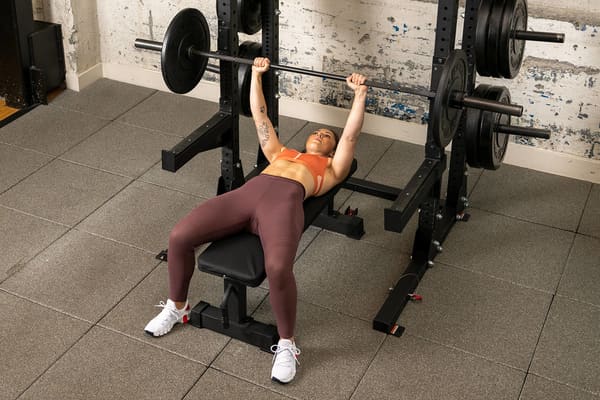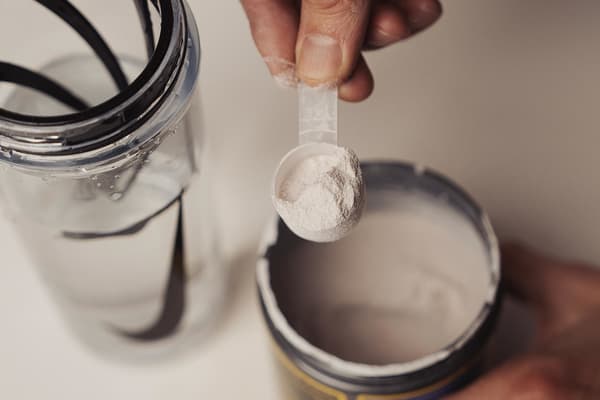Dietitian-approved Foods That Can Help to Rehydrate After an Outdoor Workout
Nutrition
Water and sports drinks aren't the only way to replenish electrolytes.

When it comes to post-workout recovery, food, sleep and supplements get a lot of attention. But what about hydration? And did you know that there are many foods that hydrate?
A study published in a 2011 issue of the Journal of Athletic Training investigating hydration practices and perceptions in half and full marathon runners found that most runners in the study have experienced disrupted performance (in normal conditions), which they attributed to dehydration. In addition, they found that many runners do not have hydration plans or ways to monitor their hydration levels. This is concerning, as dehydration can limit exercise performance, put immense stress on the cardiovascular system and increase the risk of injury (dehydration can lead to less blood flow to muscles).
(Related: This Is Exactly How Much Water You Should Drink Every Day, According to Experts)
Regardless of whether or not you're an athlete, dehydration can also cause cognitive impairment, headaches and gastrointestinal distress. Dehydration occurs when there is too much fluid loss in the body, which can happen during excessive sweating without proper consumption of fluids. The US National Academies of Sciences, Engineering and Medicine determined that an adequate daily fluid intake (from both fluids and hydrating foods) of about 3.7 litres (125 fluid ounces) per day for men and 2.7 litres (91 fluid ounces) per day for women is sufficient for adequate hydration. However, the amount of water any person requires per day will vary depending on where they live (think: climate and altitude), activity level, age and medications taken.
Why is it so important to stay hydrated while working out?
A 2017 paper in the Journal of Athletic Training suggested that, for those who exercise regularly, optimal hydration is maintained when you don't lose two to three percent of your body mass during exercise. For context, if you weigh 68 kilos before exercising, weight loss related to sweat should not exceed one to two kilos after exercising.
Bear in mind that how much fluid you need to consume during a workout to maintain hydration is incredibly individualised. While it may be enticing to wait to feel thirsty before reaching for a water bottle during your workout, this is usually a sign that you're already mildly dehydrated. In addition, when you're exercising, it can be hard to recognise cues for thirst. In general, it's best to have a built-in plan of how to stay hydrated during exercise or training sessions.
Water might be the most simple way to hydrate but there are plenty of other fluids and hydrating foods that can rehydrate after a sweaty outdoor workout in the summertime. In fact, the average US adult consumes about 20 percent of their total daily water intake from food. Believe it or not, pickles are one of the best foods for hydration. One pickled gherkin is about 94 percent water and also contains important electrolytes such as sodium, calcium, magnesium and potassium, which are often lost in sweat.
(Related: Do You Really Need Electrolytes When You Work Out?)
And while pickles aid in hydration, the juice that pickles are in may help with muscle cramps. Though more research is needed, a 2010 article in the Journal of Medicine and Science in Sports and Exercise examined the effect of pickle juice on muscle cramping and found that a small amount of pickle juice may stop muscle cramping. The researchers theorised that this effect occurs not due to its electrolyte content, but instead, they proposed, it's the pickle juice's overwhelming taste that stimulates the nervous system to stop muscle cramping.
What are the best foods for hydration?
Overall, the best food choices for hydration are fruits and vegetables. As far as fruits go, watermelon, strawberries and cantaloupe are composed of 90–100 percent water. In addition to providing the body with hydration, fruit is an excellent source of carbohydrates and natural sugar. Enjoying a fresh fruit salad after a workout is a great way to get in extra water and replenish muscles with the carbohydrates they need for fuel. For optimal recovery, consider pairing a small fruit salad with plain Greek yoghurt for a good source of protein. Fruit can also be made into smoothies and paired with electrolyte-replenishing coconut water or blended and poured into ice lolly moulds for a quick and easy way to literally cool down after a workout.
There are many vegetables that are made up of mostly water. Cucumbers, peppers, celery, lettuce, tomatoes and courgette are also composed of 90–100 percent water. Enjoying houmous with sliced cucumbers, peppers and celery is just one way you can rehydrate and eat some gut-nourishing fibre all in one post-workout snack. In the summertime, swapping shop-bought protein shakes for homemade vegetable gazpacho with a side of rotisserie chicken is more hydrating and nutrient-dense than a bottled shake—which is often loaded with nutrients in the form of supplements. If gazpacho isn't your thing, try making a fresh salad topped with your favourite protein—it's a tasty way to rehydrate (for a small meal or snack!).
What are some other ways you can stay hydrated?
Fruits and vegetables aside, there are fluids other than water that can help with hydration after an outdoor workout. Cold-weather workouts can still lead to dehydration, but unlike outdoor workouts done in the heat, you may not feel as thirsty. A vegetable-rich soup (that is more broth than cream) counts towards your daily fluid intake. And, enjoying that soup with crackers or toast is yet another way to replenish with carbohydrates, which is key to replenishing your muscles after a workout.
Broth is another food that can count towards hydration—and it packs a punch of nutrients, specifically minerals such as salt, iron, zinc, calcium and some protein and fat. You can bring a thermos of stock to your workouts so you have something warm to sip on immediately after finishing.
For warm-weather outdoor workouts, cold, skimmed dairy milk and non-dairy milk such as almond, hemp or soya milk can be a way to hydrate, as these options contain 90–100 percent water. Pair a glass of milk with a piece of toast and peanut butter for a complete recovery snack, or use it in a smoothie.
A note on overhydration: it is possible to overhydrate, which can be a dangerous situation leading to a condition known as hyponatraemia. Exercise-associated hyponatraemia (EAH) is when sodium levels in the body dip too low and can lead to organ and tissue swelling. Though it is rare, it has been identified in some distance sports.
In general, if you are experiencing weight gain post-exercise, this could be an indicator that you are consuming fluids past the amount that has been lost in sweat, which could lead to overhydration. The best way to make sure you are hydrating appropriately after an outdoor workout is to be conscious of how much you are sweating. Because water will follow electrolytes into or out of your cells, it is important to notice how much you sweat, the types of fluids and foods you consume and how your recovery feels. Play around with consuming different amounts of fluids and foods before, during and after your workout, and notice when you feel your best.
Words by Sydney Greene, MS, RD
